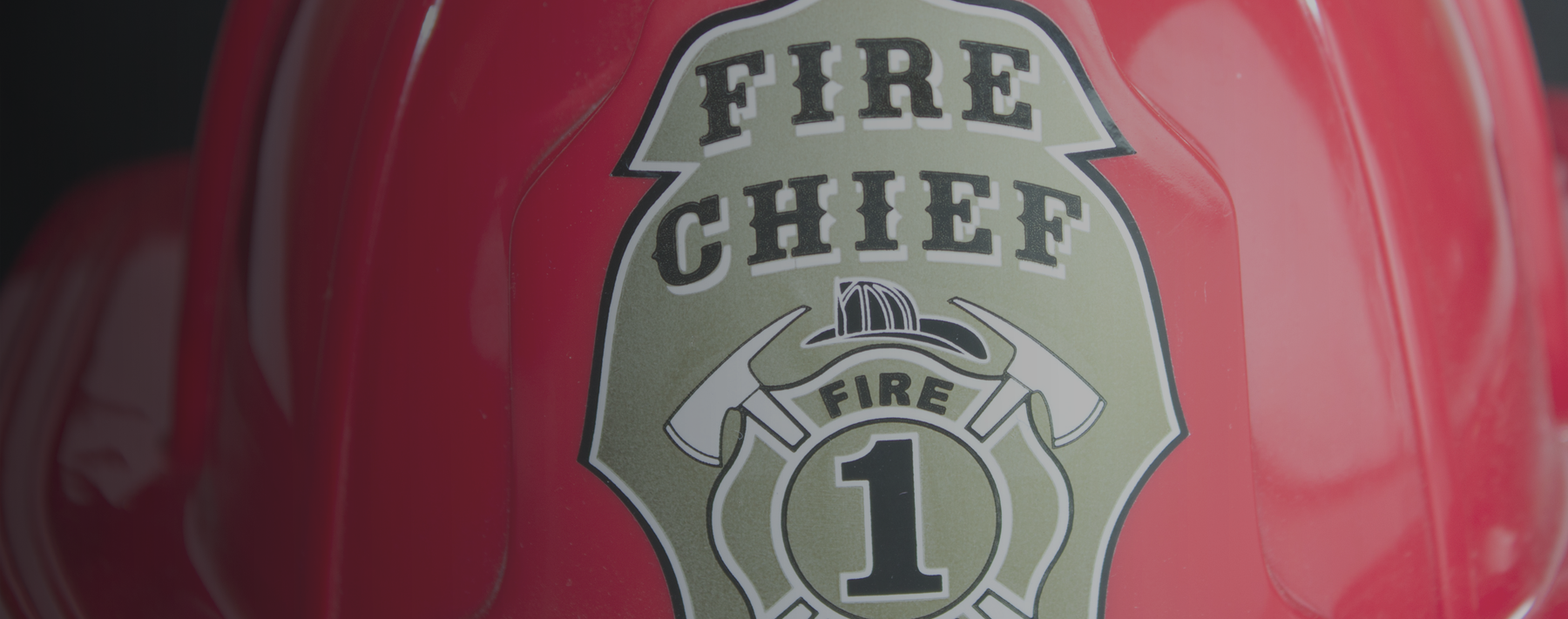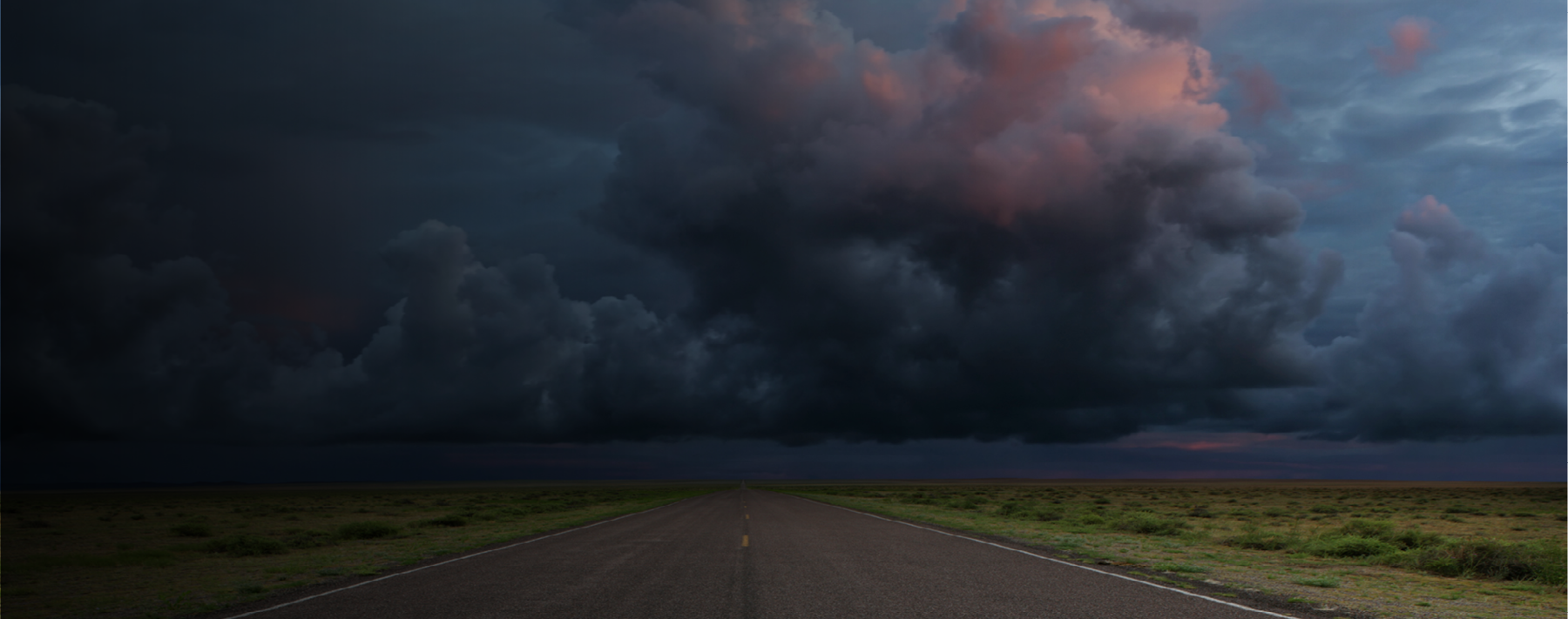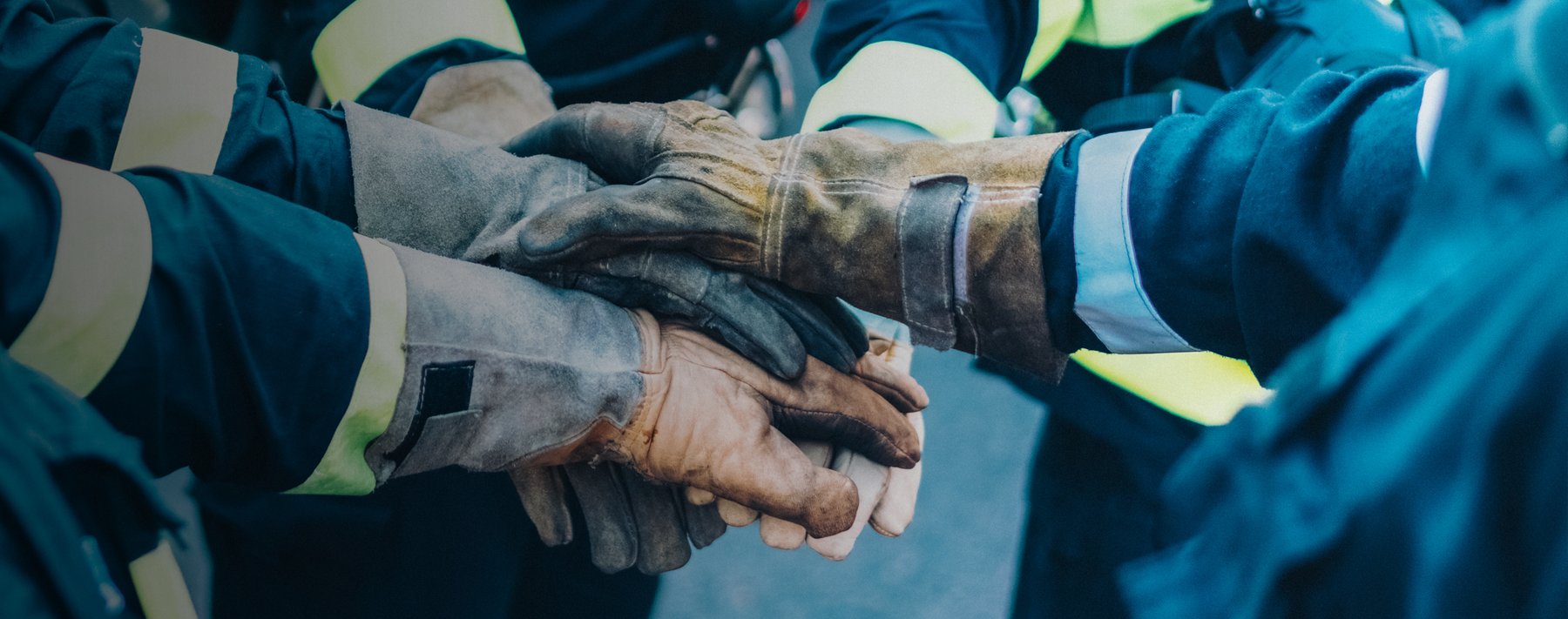I am generally an optimistic person. I don’t buy in to conspiracy theories, drama or gossip. However, there is something I believe is a serious threat we all need to stop and think about as we move into the fall season.
I have witnessed several brush fires over the past couple months go from ¼-acre in light-to-medium fuels to 5–10 acres in minutes, to several hundred acres within an hour or less. Ultimately these fires have turned into large-scale campaign fires burning thousands of acres, destroying hundreds of homes and outbuildings and even claiming lives. As I write this, firefighters continue to battle the Soberanes Fire in the Los Padres National Forest. This fire spread extremely quickly due to dry fuels, and is now more than 100,000 acres.
What’s interesting about these fires is that the rate of spread is equal to—or even greater—than the spread we often see when the Southern California Santa Ana winds fan the flames. As you probably know, here in SoCal we generally experience Santa Ana winds from September through November.
The difference is these fires are spreading just as fast, many times without wind. The fuels and the topography are enough to create explosive fire conditions. Drought, the deceptive role of this past season’s El Nino (which in many places has created more fuel but without substantially relieving drought conditions) and the bark beetle infestation are all contributors to this situation. On Sept. 6, firefighters fought a fire in Mission Viejo that was started when a golf ball hit a rock, producing sparks that quickly ignited, leading to a 20-acre fire. Now that’s dry!
And that just begs the question: What will the rate of spread look like when we have erratic Santa Ana winds pushing these fires? BEWARE! The rate of spread could be unlike we have ever. We’ve dodged the Santa Ana wind bullet for several years and we likely won’t be so lucky this year.
In the August issue of FireRescue magazine, Chief Todd McNeal of Twain Harte Fire (Tuolumne County, CA) draws attention to what he calls the “third dimension” of wildland fire: “Fire in the third dimension can be succinctly explained as fire leaving the surface fuel bed to involve the aerial fuel bed, all burning simultaneously.”
This is a significant threat not only to the communities and people which we serve, but also to firefighting personnel assigned. We’ve seen burn-overs with injuries recently, and we’ll likely see more if we don’t pay attention and take every proactive measure now.
For those of you who deploy to wildland fires rarely, McNeal provides a good analogy: “The time-temperature curve has without question been changed in the structural fire environment, and it has done the same thing in the wildland fire community.” The fire service has spent considerable time and attention—not to mention many magazine articles, classroom presentations and online trainings—on studying the effects of the modern fireground. Yet we put a fraction of that time and energy into understanding modern wildland fire behavior. That needs to change if we’re going to prevent future loss of life and property.
What are some actions we can take right now?
- Train. Review wildland tactics, from structure protection to driving off-road to deploying your fire shelter. If possible, train with neighboring agencies. Wildland fire responses often involve multiple agencies as such fires respect no boundaries.
- Revisit your wildland fire policies. Do you know the proper notifications to make as a wildland fire crosses jurisdictions? What are your agency’s policies for operating with firefighting aircraft? Now is a great time to review wildland fire policies department-wide.
- Create Public Service Announcements. Urge homeowners to do their part to mitigate the threat by creating defensible space and planting fire-resistant plants. Stress the need to follow evacuation orders because what may look benign at the moment will likely become severe in minutes. Even if such orders are technically voluntary—in California there is no law that forces residents to follow an evacuation order—we can stress the thought process that goes into creating evacuation orders and educate homeowners on what to expect if they won’t agree to leave their property.
This fire season has the potential to be unprecedented. We’re already saying that about recent fires—and the Santa Ana winds have not yet begun.
Give some thought now to how you can stay one, two, maybe even three steps ahead of the game. Something tells me we’re gonna need it!



